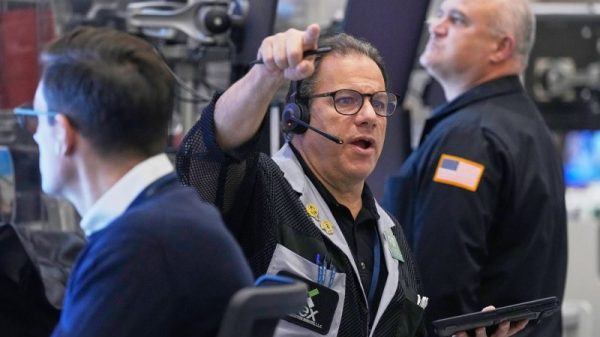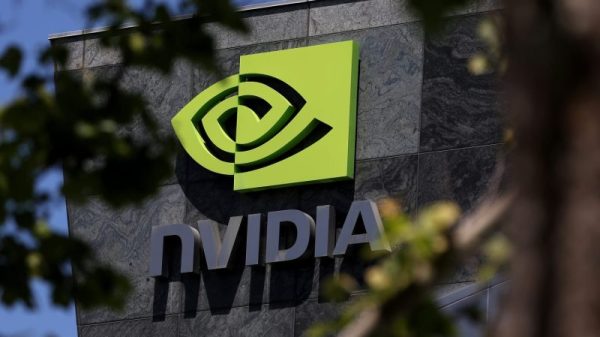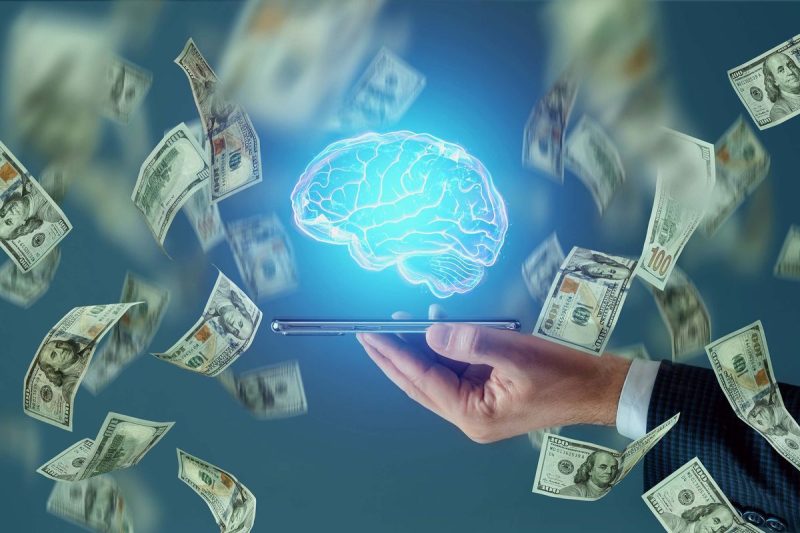Artificial intelligence (AI) is the simulation of intelligence in manmade software. In computer science, AI is the study, development and application of machines capable of learning and making decisions similar to the way humans do.
What is the history of AI?
The term ‘artificial intelligence’ was coined by John McCarthy in 1956 at the Dartmouth Summer Research Project on AI. McCarthy was a computer scientist and is widely regarded as the father of AI. He organized the groundbreaking affair, which is considered to have officially established AI as a field of study, bringing together brilliant mathematicians and scientists from around the world. The project’s goal was to brainstorm about AI’s potential and how to achieve it.
The 1960s brought advent of robots. Unimate, the first industrial robot, had no AI capabilities, but in 1966, the Stanford Research Institute built Shakey. Shaky was the first robot to possess AI. It could observe its surroundings and reason accordingly; for example, it could navigate around obstacles, had the ‘foresight’ to plan simple tasks and could rearrange a few small objects. The first chatbot was also introduced in 1966; it was a program called Eliza that could simulate a conversation by applying a set of pre-programmed rules to generate appropriate responses to text inputted by users.
AI and the broader tech industry continued to evolve as the 20th century continued, with major milestones including the completion of the first microprocessor in 1970, the commercial sale of the first expert systems in 1980 and the birth of the internet in 1990. In 1997, a sophisticated AI computer system called Deep Blue became the first machine to win a chess match against a human. The dawn of the 21st century came with even more advancements, such as inventions like the Roomba, which navigates using an AI version of spatial awareness called visual simultaneous location and mapping; it also brought the iPhone, which at the time of its debut had a host of AI-powered capabilities, such as the most accurate touchscreen keyboard to date, built-in location services and, eventually, Apple’s (NASDAQ:AAPL) AI-powered virtual assistant Siri.
Siri was especially influential, and its success after launching in 2011 inspired further research into computation and language, leading to increasingly sophisticated virtual assistant technology like Alexa and Google Assistant. Sophia, a humanoid robot that looked, spoke and learned from its social interactions like humans do, was created in 2016 — when it was granted Saudi Arabian citizenship in 2017, the idea of what AI could accomplish went from fodder for science fiction to a tangible reality.
Nowadays, AI can have a hand in everything from making art to drafting emails. Generative AI, technology with the ‘brainpower’ to create something entirely new and original, is improving by leaps and bounds before our very eyes. ChatGPT, a generative AI program capable of creating human-like dialogue, made headlines in January 2023 after becoming the fastest-growing consumer app in history, amassing a million users in just five days. Since then, generative AI technology has continued to gain widespread attention, not only from consumers, but also from governments worldwide and tech giants like Microsoft (NASDAQ:MSFT) and Google (NASDAQ:GOOGL), which are investing heavily in AI startups that aim to push the boundaries of what AI can do.
What is the forecast for AI stocks?
The excitement around AI’s potential has sent investors to AI stocks in droves, but does that mean that now is a good time to invest? If the dot-com bubble burst of 2000 taught us anything, it’s that overvaluing revolutionary sectors can have dire consequences. While there’s no doubt the industry carries a lot of potential, the truth is that we don’t fully understand the effects AI will have over the long term — even the experts are merely speculating at this point.
Not only that, but as AI becomes more mainstream, the barriers are significantly lower than they were even just a few years ago. The cost of entry is such that companies can jump on the AI bandwagon even if they have little or no expertise on the subject. It’s also possible that companies may overstate the impact of AI on their profits. And in addition to increased competition, there is a greater risk of obsolescence in AI due to rapid technological innovations.
Nevertheless, there are some promising signs that ‘the fourth industrial revolution’ has the potential for long-term economic growth. After all, the handful of internet companies that managed to survive the dot-com crisis went on to become majorly successful. And for now, the AI hype seems set to continue — multiple AI ETFs have had strong returns over the course of the year, with no immediate signs of slowing down. Shares of tech giant NVIDIA (NASDAQ:NVDA) have seen impressive growth too, skyrocketing just over 200 percent year-to-date as of October 2023.
At the same time, some market participants are interpreting Microsoft’s investment in AI as a strong vote of confidence from a leading expert in computer science. In June 2023, the company (along with other tech giants) invested US$1.3 billion in Inflection AI. The California-based startup is seeking to humanize AI personal assistants with a product designed deliver knowledge based on users’ personal needs and interests in a friendly, natural-sounding dialogue.
How to invest in AI now?
Seasoned investors with decent knowledge of AI and its applications might want to invest in individual AI stocks. One of the biggest names is Qualcomm (NASDAQ:QCOM), a partner of Microsoft that designs and builds semiconductors, software and wireless telecommunication products. There’s also OpenText (NASDAQ:OTEX,TSX:OTEX), one of Canada’s largest software companies, and Snowflake (NYSE:SNOW), a multi-cloud platform that recently acquired MystAI, a time-series forecasting software that can predict spikes and drops in energy demand, capacity and price.
For a list of the nine biggest AI stocks by market cap, click here.
There are also investment opportunities in generative AI, arguably the field’s most exciting sector, as evidenced by the reception to OpenAI’s ChatGPT platform. While you can’t yet directly invest in OpenAI, you can invest in companies that are pouring money into generative AI research. To date Microsoft has committed US$13 billion to OpenAI, and both Alphabet and Amazon (NASDAQ:AMZN) are reputable, publicly traded companies that have subsidiary services with generative AI capabilities (Google Bard and AWS, respectively).
If, however, you’re new to investing or to AI, an AI exchange-traded fund (ETF) might be the simplest way to invest in AI. Some of the most successful AI ETFs are the Global X Robotics and Artificial Intelligence Thematic ETF (NASDAQ:BOTZ), the ARK Autonomous Technology + Robotics ETF (BATS:ARKQ) and the iShares Robotics and Artificial Intelligence ETF (ARCA:IRBO).
For a detailed description of each ETF and more AI ETF ideas, click here.
What are the market trends for AI?
AI and generative AI have already taken the world by storm, and the industry only looks set to grow from here. Software that expedites workplace productivity is already easily accessible, and a number of industries are reaping the benefits that AI brings to the table, such as the elimination of boring, monotonous tasks and human error.
AI is also proving to be a valuable resource in the healthcare industry, particularly when it comes to drug discovery, diagnosis and research. The market for AI in healthcare is expected to grow at a compound annual growth rate (CAGR) of 47.6 percent between 2023 and 2028, according to research conducted by Markets and Markets.
For its part, the global AI market was valued at US$136.6 billion in 2022 and is expected to grow at a CAGR of 17.3 percent between 2023 and 2030, according to a report by Grand View Research. On a much larger scale, the impact AI could have on our quality of life is unprecedented. AI could fill a number of roles in strained industries like healthcare, education and manufacturing; however, it also has the potential to completely disrupt the economy by rendering many paid jobs obsolete.
AI-powered machines are certain to shape our future; the question is no longer if, but how.
Securities Disclosure: I, Meagen Seatter, hold no direct investment interest in any company mentioned in this article.





























